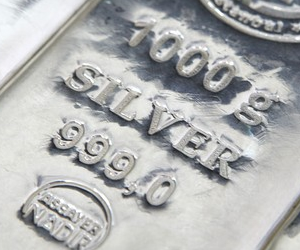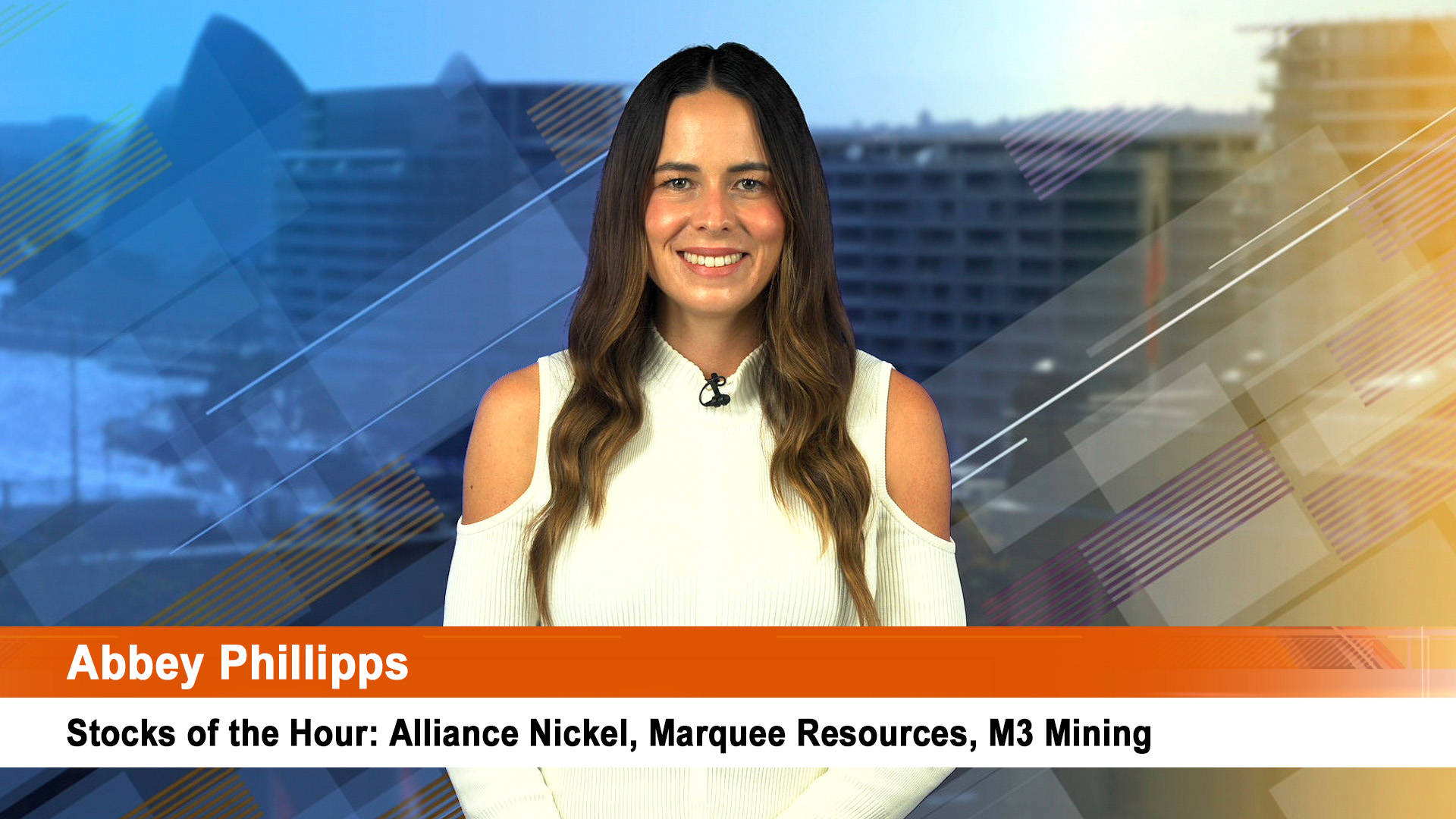Silver is gold’s ‘wingman’ following its golden older brother everywhere – down, up, sideways.
For many investors (especially since gold climbed above $US1,000 an ounce), silver has proven a cheaper, but just as attractive way to punt – if you believe in precious metals and that they are a store of value against inflation.
Despite the claims from gold bulls and inflationistas that the huge spending programs of central banks, such as the Fed, Bank of Japan and Bank of England would see inflation soar, the reverse has happened – prices have been weak for years and deflation now worries the Fed, and the European Central Bank.
That’s damaged the case for gold and silver, no matter what goldbugs might claim. it has also damaged gold miners, such as Newcrest, Barrick and Newmont.
Silver followed gold up in the great run up in 2011 and has been following its down, especially since the big sell off from April onwards. In fact silver prices are off more than 20% so far this year, while gold prices are down closer to 24% 9as of Wednesday in US trading).
Inflation is easing in the US, Europe (and even though Japan is reporting inflation after years of deflation, it is small).
The growing fears about deflation (for the second time in three years) will damage gold and silver and other commodities, if it takes hold in a major economy.

Heading for its biggest fall since 1981 silver took no heart from the latest forecasts from Reuters GFMS for the metal which included quite solid levels of demand.
The eurozone is best bet because of the confused political and economic management of the group.
Gold prices have weakened in the past week or so on speculation the US Federal Reserve will start slowing its bond buying as the American economy strengthens.
That continues to be a major driver for gold price weakness, and also for its conjoined twin precious metal, silver.
But another factor behind gold’s weakness is said to be the active hedging by producers, selling gold forward to take advantage of higher futures prices.
This is adding to the downward pressure on gold prices, and through them, on the price of silver.
Analysts at investment bank, BNP Paribas argue this hedging is pushing gold towards another price cliff because the hedging is taking future demand off the table and pulling down prices towards thew weaker cash price.
BNP Paribas says that if gold producers accelerate their hedging activities, then gold could quite easily fall sharply.
The firm also pointed out that demand for physical metal from Exchange Trade Funds was weak, the US dollar is strengthening, US bond yields are rising (as the US economy strengthen)s. All in all the outlook for gold isn’t good.
And BNP Paribas says there’s every chance that the forward selling will increase as gold prices weaken, adding to the pressure (it also points out that physical demand from China and India, and the ETFs will not be enough to mop up any extra hedging sales).
So if gold weakens, will silver.
Overnight Wednesday silver sank to a three-month low, down 33.6% or 1.6% to $US20.44 on Comex. Gold fell 0.2% to $US1,266.40 an ounce.
Both metals rebounded a bit Thursday because positive talk from incoming Fed chair, Janet Yellen about keeping the central bank’s stimulus spending continuing.
Gold in fact had its first gain in six sessions and silver rose 1.4% to $US20.72.
But these were short term movements driven by sentiment, not fundamentals, which remain weak.
Silver took no heart from the latest forecasts from Reuters GFMS for the metal which included quite solid levels of demand.
The Silver Interim Market Review forecasts fabrication demand across all sectors (with the exception of photography) will grow in 2013, notably in the jewellery sector (+6%) and in silverware (+6% as well), as a reaction to price declines and an improving global economy.
Reuters GFMS said the silver price decline is being driven by expectations that the Fed would taper its $US 85 billion monthly bond and mortgage backed securities purchases in light of strengthening economic activity and is similar to factors influencing the gold market.
"Unlike gold, silver ETF holdings have continued to grow this year, reaching a record-high of 655 million ounces as of October 31, while investment in silver coins is forecast to increase by 19% year-on-year. Mine production poised to grow by 4% this year to 815 million ounces, with production growth primarily coming from the US, Mexico and Dominican Republic."
But despite this improved demand, the silver market will remain in a surplus for the eighth year in a row.
Reuters GFMS said that silver prices in the first ten months of the year have averaged $US24.51, down 20.7% year-on-year.
But the Comex futures price is down 32% from the start of the year at the current price of around $US20.50 an ounce.
Silver is in fact heading for its biggest fall since 1981.
GFMS said it now forecast a full year average price of $US24.24 in 2013.
(By the way gold is down around 23.5% so far in 2013).
"One of the defining characteristics of the silver market is its display of duality, at times closely shadowing developments in the gold market and at others taking cues more from the industrial world."
"This trend is forecast to continue into 2014, as an improving physical demand environment is faced with the potential for an unwinding of US government quantitative easing and a stronger US dollar."
That stronger dollar will be a major factor for all commodity prices in the next year. But if the greenback strengthens, so the Aussie dollar will eventually tip lower.
If that fall is significant – to around 85 US cents, which is possible if the Fed starts slowing its spending in the March quarter of next year, then the Aussie dollar price of gold and silver will rise, muting the impact of the market weaknesses outlined by Reuters GFMS and BNP Paribas.













